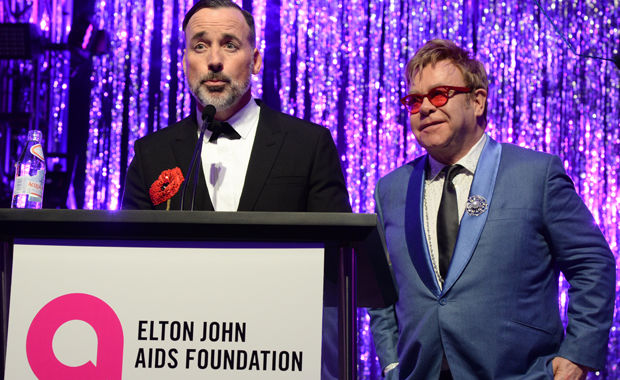Cutting Edge Innovations
Research and Innovations Science and medicine are sometimes synonymous when it comes to finding ways for patients to lead more normal lives.

The neuroscience research being done at the Krembil Neuroscience Centre at Toronto Western Hospital is on the cutting edge for breakthroughs in spinal cord injury, Parkinson’s disease and other neural disorders.
The focuses of the overall research may vary, but the scope and implications suggest that intriguing advancements in modern science and biotechnology might lead to a lasting change for what are otherwise debilitating ailments.
Dr. Michael Fehlings is both a neurosurgeon and neuroscientist at the hospital, where the body of his work is aimed at uncovering how neural stem cells could proliferate and create nerve tissue to induce repair in spinal cord injuries.
Stem cell challenges
“We’ve injected these neural stem cells into the spinal cord where they find a path in the white matter, which is where nerve fibres are, and they help rebuild the residual nerve fibres to partially restore function,” says Dr. Fehlings. “We develop these stem cells by taking skin cells and then introduce transcription factors, which essentially unlock areas of the DNA to transform that skin cell into an induced pluripotent stem cell.”
Dr. Jonathan Brotchie has devoted his research to understanding the neural mechanisms that relate to movement disorders, particularly in Parkinson’s disease. Research and testing have led to hundreds of novel chemicals over the last few years, 14 of which are drugs in clinical testing. The challenge is in showing they are safe to use in people without causing side-effects, and that they work, he says.
“With most of the treatments we are developing, we are breaking new ground, these are the first drugs of their specific class, and thus we have to constantly innovate to solve problems that we have not encountered before nor ever anticipated.”
Breaking new ground
“We now have a good understanding that altering the levels or actions of several brain chemicals, including histamine and serotonin, both of which can suppress side effects of current treatments, and growth factors, which could change the course of the disease, can have benefits,” says Dr. Brotchie. “With most of the treatments we are developing, we are breaking new ground, these are the first drugs of their specific class, and thus we have to constantly innovate to solve problems that we have not encountered before nor ever anticipated.”
A deeper understanding
Other research at the Neuroscience Centre for neural disorders, like Parkinson’s, Alzheimers and depression, has been focused on Deep Brain Stimulation (DBS), which treats these conditions with electrical stimulation akin to a pacemaker for the brain.
One of the leading researchers in DBS is Dr. Andres Lozano, also a neurosurgeon and neuroscientist. DBS surgery is considered “world-leading” in Toronto, and has been used to treat patients suffering from Alzheimers and depression, as well as techniques for Parkinson’s.
“Various circuits in the brain control specific functions, and they malfunction with those illnesses, but we’re now able to pinpoint those circuits and modify their activities,” says Dr. Lozano. “Neurons are firing off, causing tremors in Parkinson’s patients, while parts of the brain shut down with those who have Alzheimers. We’re able to stimulate those using electrodes in DBS surgery, and we’re now in trials to see how this will work with patients suffering from depression.”


